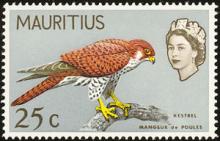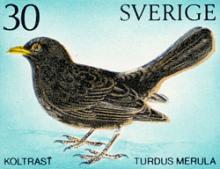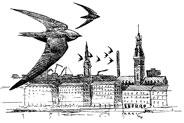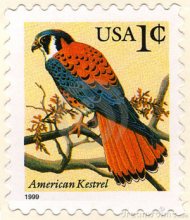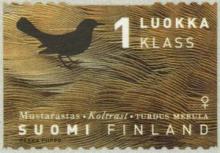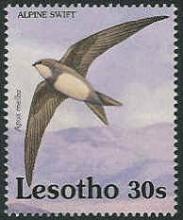Organic practices place the environment first
- Read more about Organic practices place the environment first
- Log in to post comments
After giving you my thoughts last week on what benefits the organic approach has for the gardener, I am widening the lens this week to look at how the environment can reap the rewards of gardeners eschewing synthetic chemicals in favour of natural principles. First, an organic garden is a biodiverse, or wildlife-friendly, garden. To harbour any hope of achieving one you must place your foot on the first rung of the ladder, which means creating healthy soil – the building block. The goal is crumbly and airy soil which contains countless billions of microscopic organisms that break down organic matter, thus adding nutrients. The worms you can see play a vital part in developing the soil, but they depend on the microscopic bacteria you can't see.



